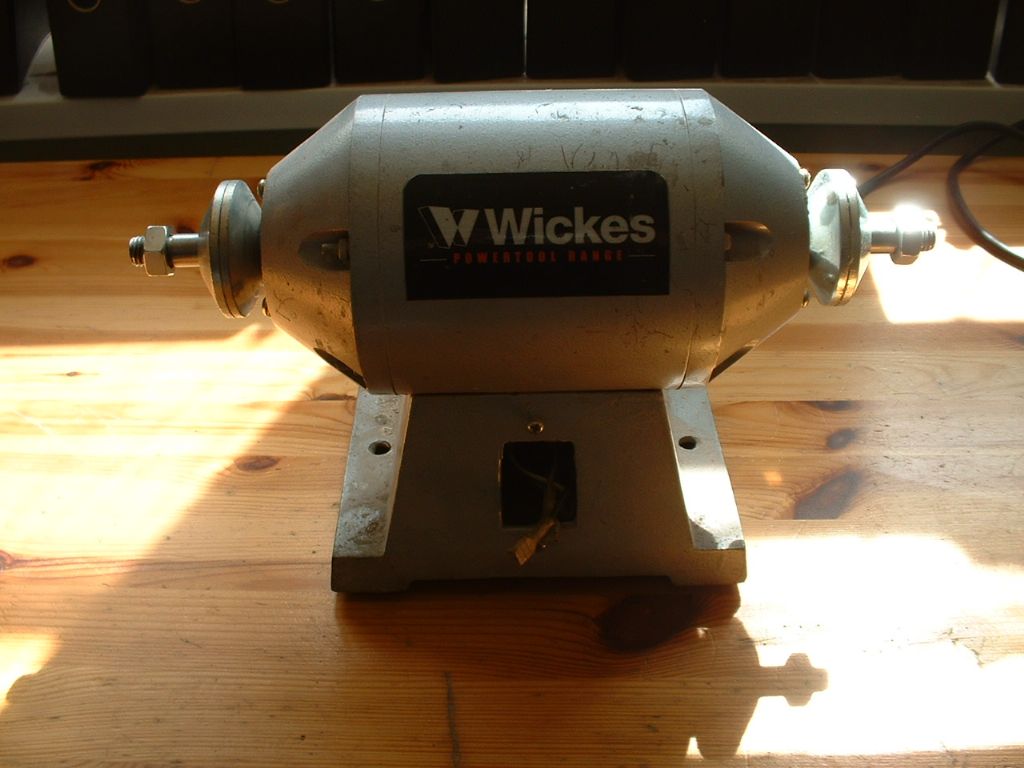Making a table saw from Wickes grinder
Making a table saw from Wickes grinder
- This topic has 23 replies, 13 voices, and was last updated 3 May 2020 at 21:04 by
Roger Whiteley.
Viewing 24 posts - 1 through 24 (of 24 total)
Viewing 24 posts - 1 through 24 (of 24 total)
- Please log in to reply to this topic. Registering is free and easy using the links on the menu at the top of this page.
Latest Replies
Viewing 25 topics - 1 through 25 (of 25 total)
-
- Topic
- Voices
- Last Post
Viewing 25 topics - 1 through 25 (of 25 total)







